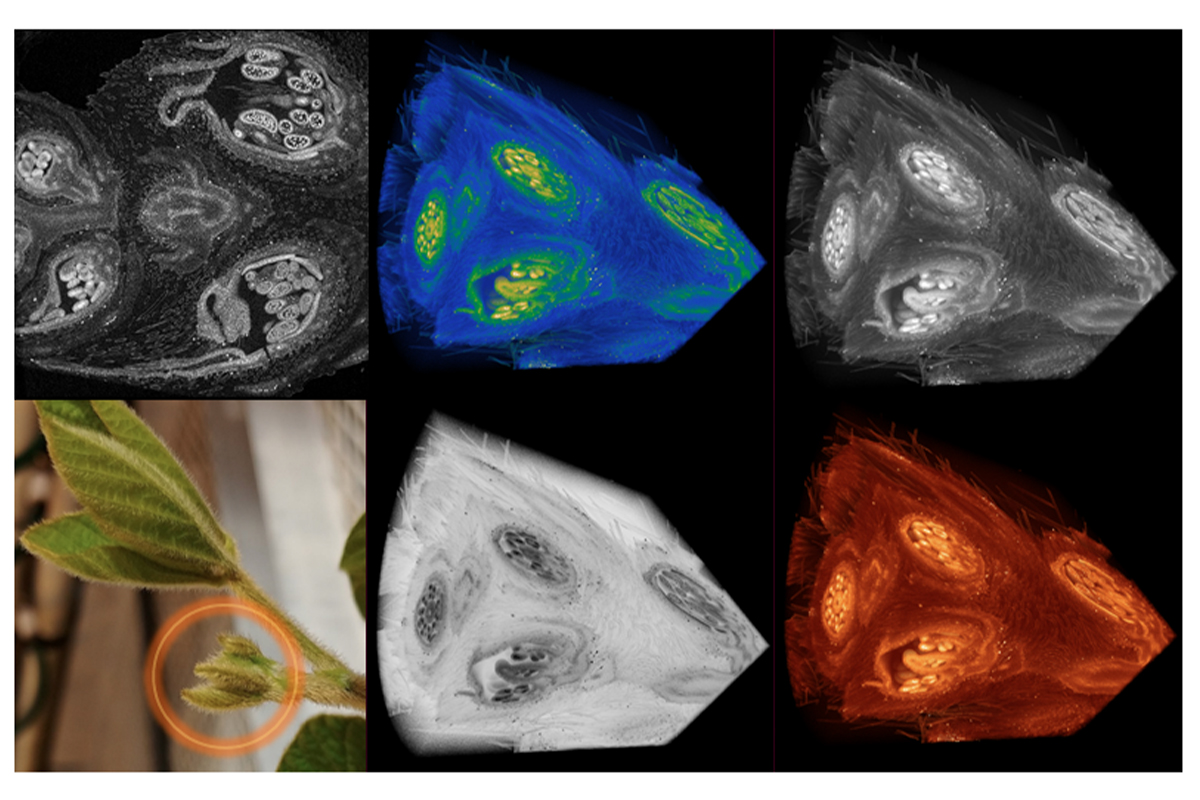
X-Ray Imaging in Plant Biology: Seeing the Unseen
We’re all familiar with how X-rays allow doctors to get detailed views inside their patients to find out what’s going on without having to actually cut people open. Scientists can also use x-rays to look inside plants to study things like disease resistance, drought tolerance, and advanced breeding technologies without having to cut open or damage the plants. Using this non-destructive imaging technology we can see the unseen, such as ears and tassels of corn as they develop inside the stalk, roots as they grow in the soil, or flowers and buds as they develop into fruits or grains.
At this Science on Tap we’ll be joined by Keith Duncan, research scientist at the Donald Danforth Plant Science Center in St. Louis, the largest independent non-profit plant science institute in the world. He’ll talk about how x-ray imaging is a great benefit to plant science research, and can help us to find safe, effective, and sustainable ways to grow plants using fewer inputs like water, fertilizers, and pesticides. That will help us feed the expected 8 billion humans that will inhabit the earth by 2030, and do so with declining arable land and limited available water. Remember, plant science research is only important if you want to eat, drink, wear clothes, have medicines, or breathe oxygen; other than that it’s not important.
-
Event Date
Thursday, August 8, 2019
-
Start Time
7:00 pm Pacific
-
Tickets
-
Venue
-
Location
-
Available Food & Drink
Hand pies & pizza rolls, snacks, sweets, with a a full bar and a great selection non-alcoholic drinks, coffee and tea. -
Accessibility Information
Vaccine cards required at Science on Tap events. Masks are highly recommended, but not required. Visit the Alberta Rose COVID safety policies page for more information.
There are no stairs to enter the theater. There is ramp down to seating area and wheelchair space in the front.
